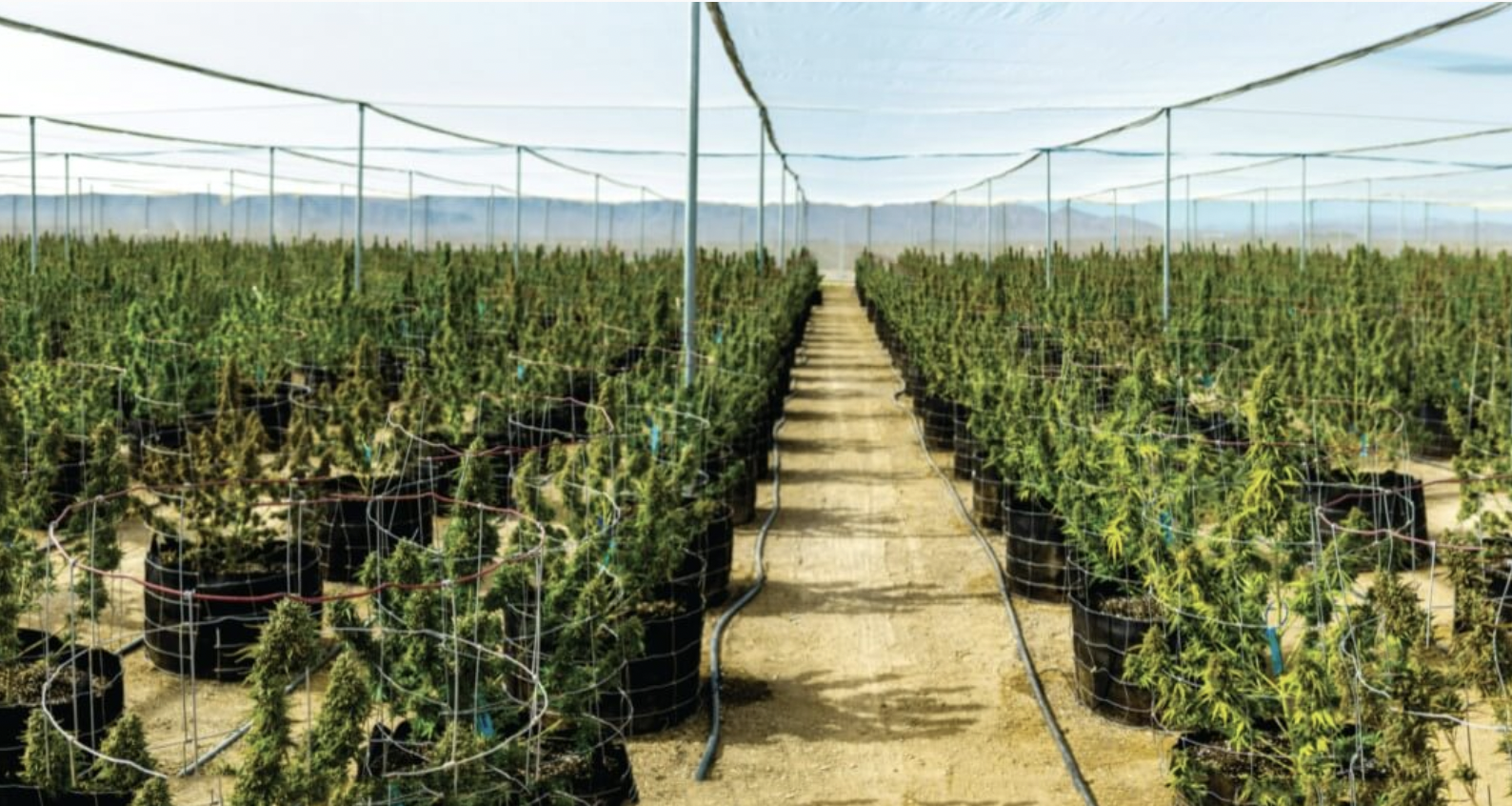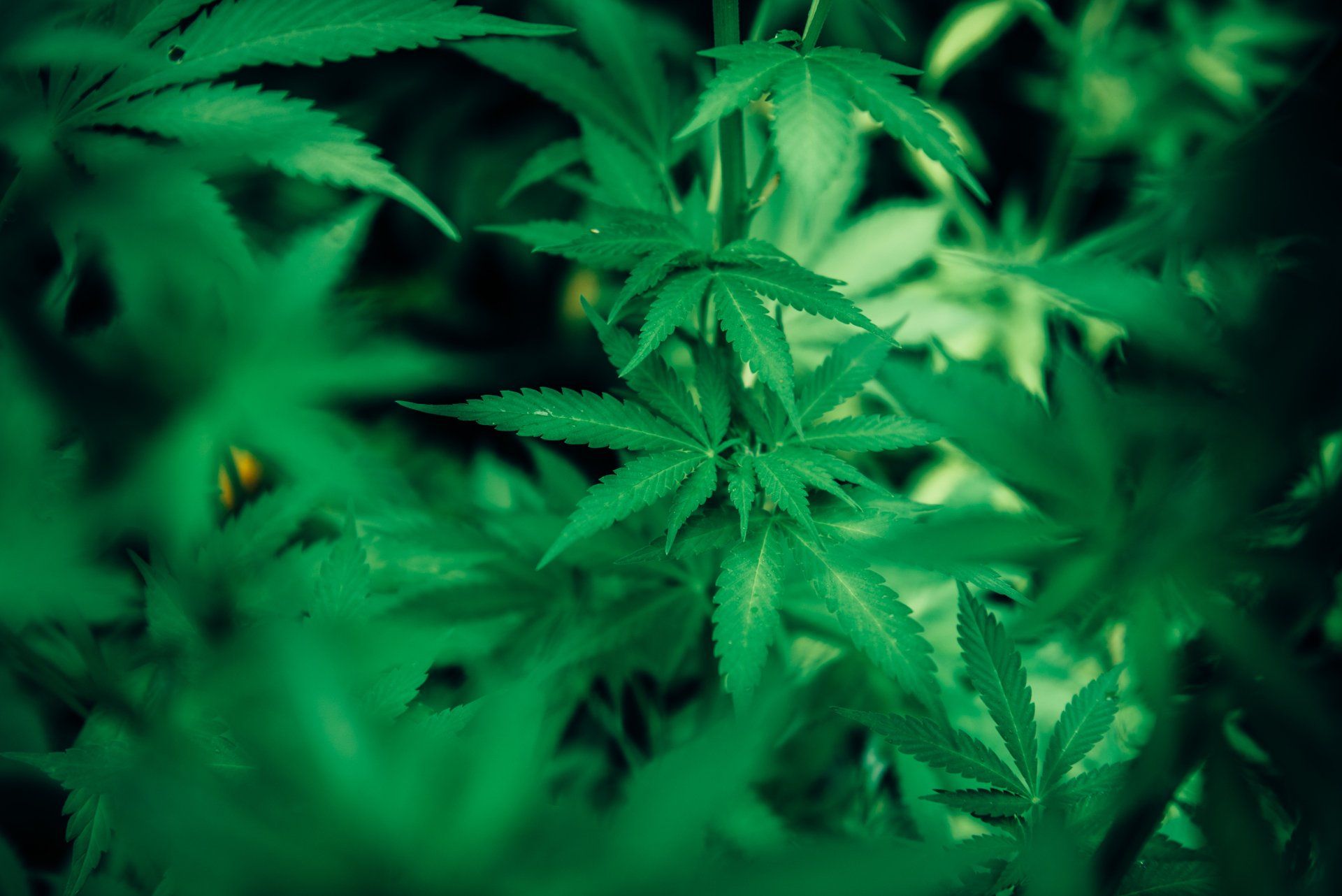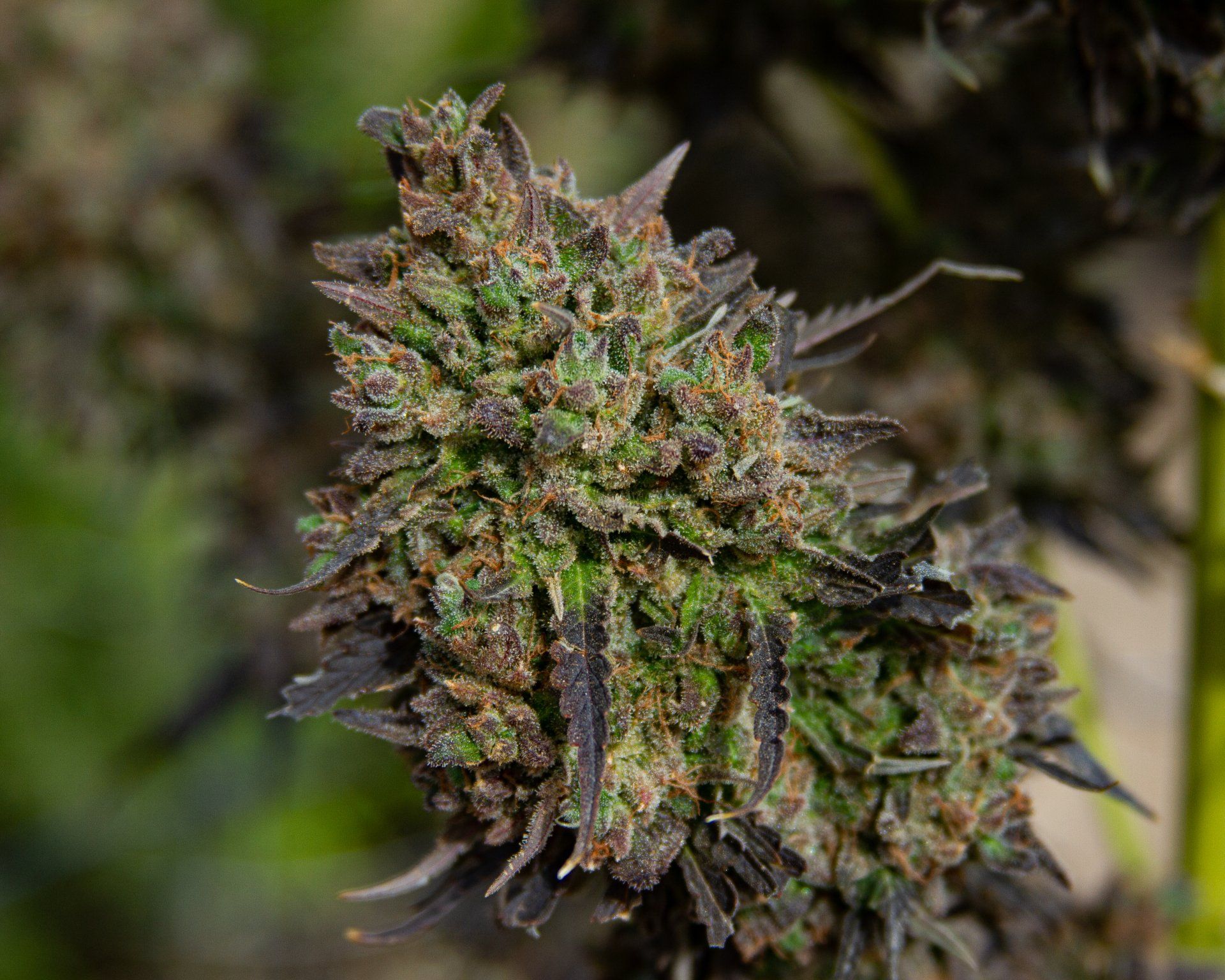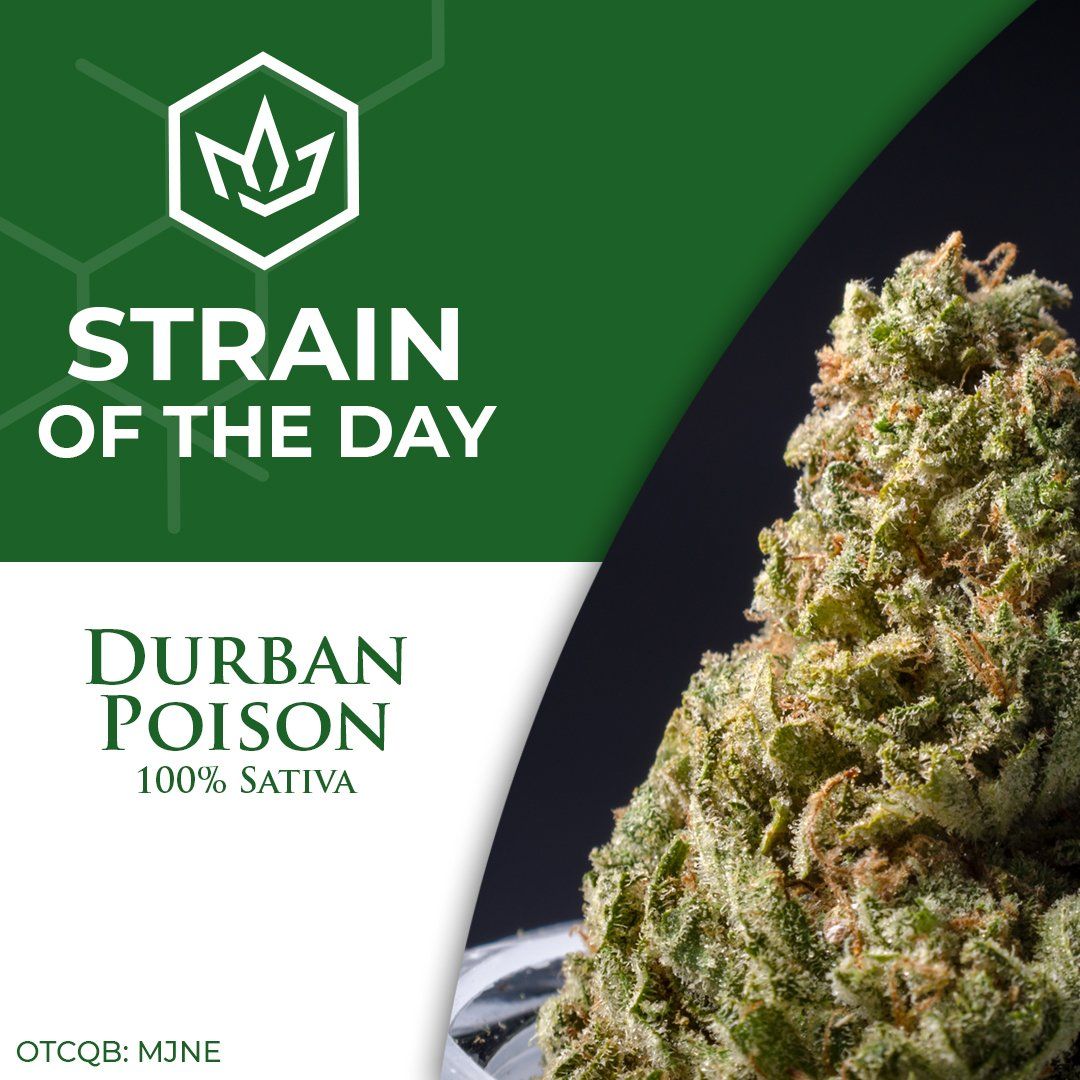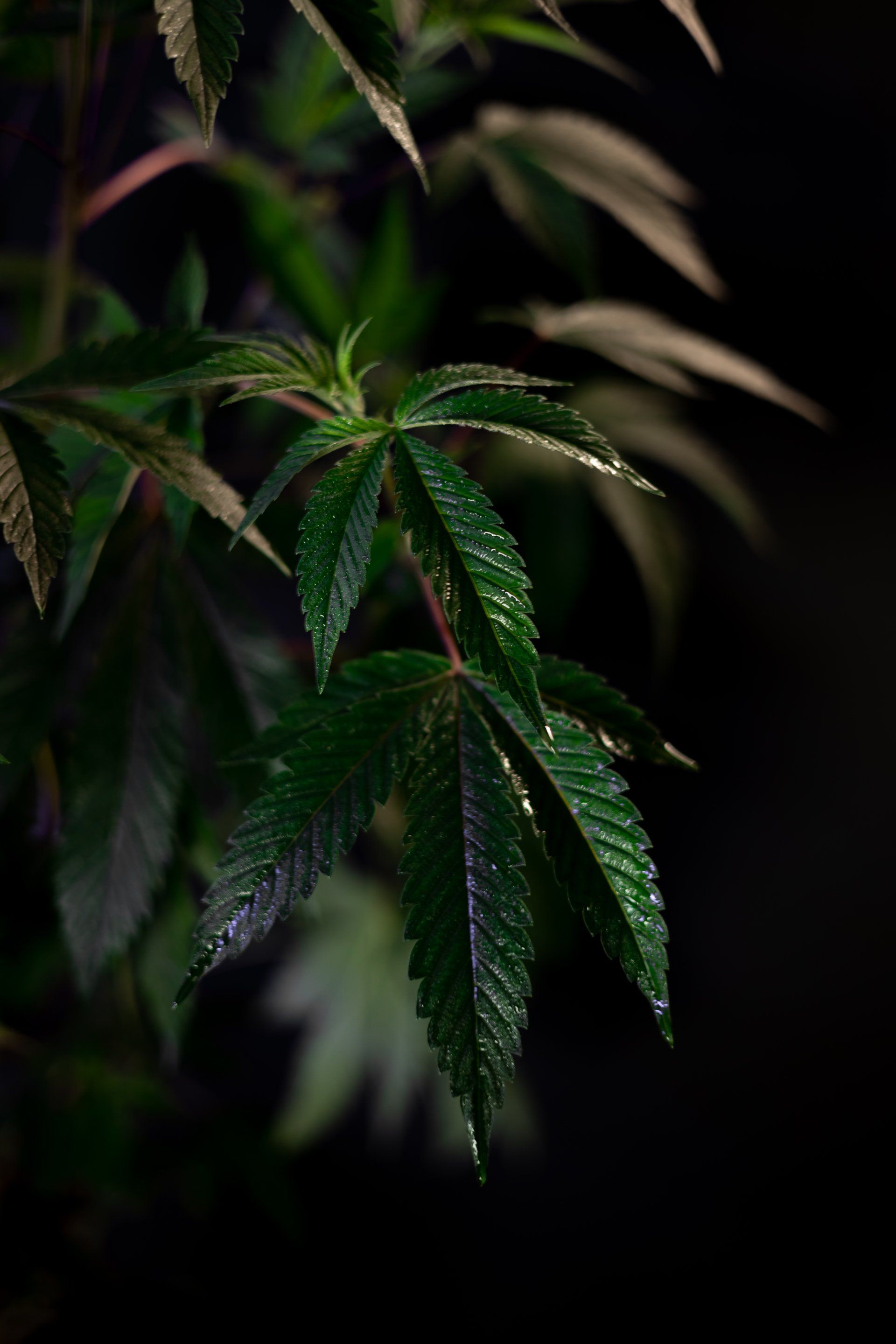How one plant spread throughout the world!
How one plant spread throughout the world!
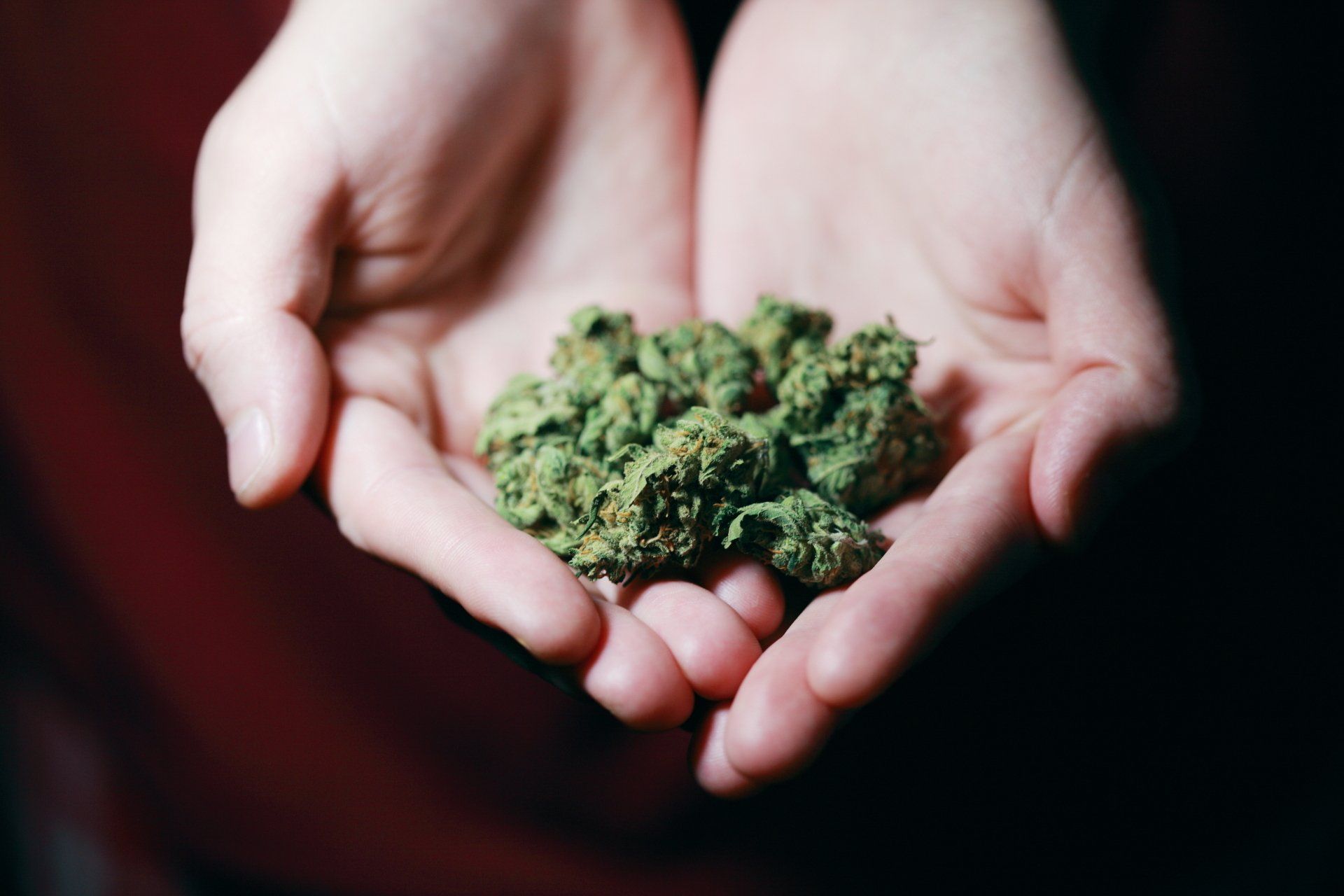
Cannabis has been used for thousands of years, from prehistoric hunter-gatherer sites to ancient China and Viking ships, and a new report details the drug's colorful history.
Author Barney Warf explains in the report how cannabis use began thousands of years ago in Asia and has since spread to various parts of the globe, eventually reaching the Americas and the United States.
"It was mostly used for medicine and spiritual purposes" in pre-modern times, according to Warf, a geography professor at the University of Kansas in Lawrence. He claims that the Vikings and medieval Germans, for example, utilized cannabis to relieve pain during childbirth and toothaches.
Where did pot originate?
It's crucial to identify between the two common cannabis subspecies, according to Warf. Marijuana, or Cannabis sativa, has psychotropic characteristics. Cannabis sativa L. is the other plant. (The L in the name was added to honor botanist Carl Linnaeus.) This subspecies is known as hemp, and it is a non-psychoactive form of cannabis that is used to make items like oil, fabric, and fuel. [11 Weird Marijuana Facts]
The French naturalist Jean-Baptiste Lamarck recognized a second psychoactive species of the plant, Cannabis indica, and Russian botanist D.E. Janischevisky named a third, uncommon one, Cannabis ruderalis, in 1924.
Cannabis plants are said to have evolved on the Central Asian steppes.
In his study, Warf noted, "It likely flourished in the nutrient-rich dump sites of prehistoric hunters and gatherers."
Burned cannabis seeds have also been discovered in kurgan burial mounds in Siberia dating back to 3,000 B.C., and considerable quantities of mummified psychoactive marijuana have been discovered in the tombs of noble individuals buried in the Xinjiang region of China and Siberia around 2500 B.C.
According to Warf, both hemp and psychotropic marijuana were commonly used in ancient China. The drug's medicinal use was first documented around 4000 B.C. The plant was employed as an anesthetic during surgery, and legend has it that the Chinese Emperor Shen Nung used it in 2737 B.C. (However, whether Shen Nung was a real or mythical figure is debatable.)
From Asia to the European continent
Between 2000 B.C. and 1400 B.C., cannabis was introduced to the Middle East, where it was most likely utilized by the Scythians, a nomadic Indo-European people. According to Warf's narrative, the Scythians also carried the drug into southeast Russia and Ukraine, where they dominated both countries for years. Marijuana was imported into Germany by Germanic tribes, and with the Anglo-Saxon invasions in the 5th century, it made its way to Britain. [See a map showing marijuana's global distribution.]
In the study, Warf noted, "Cannabis seeds have also been recovered in the ruins of Viking ships dating to the mid-ninth century."
Cannabis traveled to other parts of the world over the next few decades, passing through Africa, reaching South America in the 19th century, and then being carried north, eventually reaching North America.
How did marijuana make its way to America?
Cannabis arrived in the United States at the turn of the twentieth century after a long "journey" through the pre-modern and modern worlds. It was brought to the southwest United States by Mexican refugees fleeing the country during the 1910-1911 Mexican Revolution.
"Many early anti-marijuana preconceptions were thinly veiled racist worries of marijuana smokers, which were frequently propagated by reactionary publications."
The distinction between Cannabis sativa L. and Cannabis sativa was never recognized by American law. According to the research, the plant was first made illegal in Utah in 1915, and by 1931, it was forbidden in 29 states.
In 1930, Harry Aslinger was appointed as the first commissioner of the Federal Bureau of Narcotics (FBN), and he embarked on a campaign to make marijuana illegal in all 50 states. The Marijuana Tax Act of 1937 placed cannabis under the control of the Drug Enforcement Agency, making possession of the plant illegal across the country.
"Today, the federal government continues to classify marijuana, along with heroin and LSD, as a Schedule I controlled substance, suggesting that it has a high potential for abuse and addiction, no recognized medicinal applications, and no safe level of use," Warf wrote.


